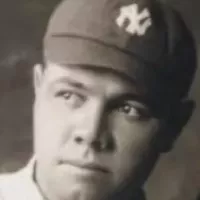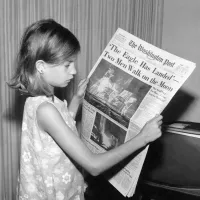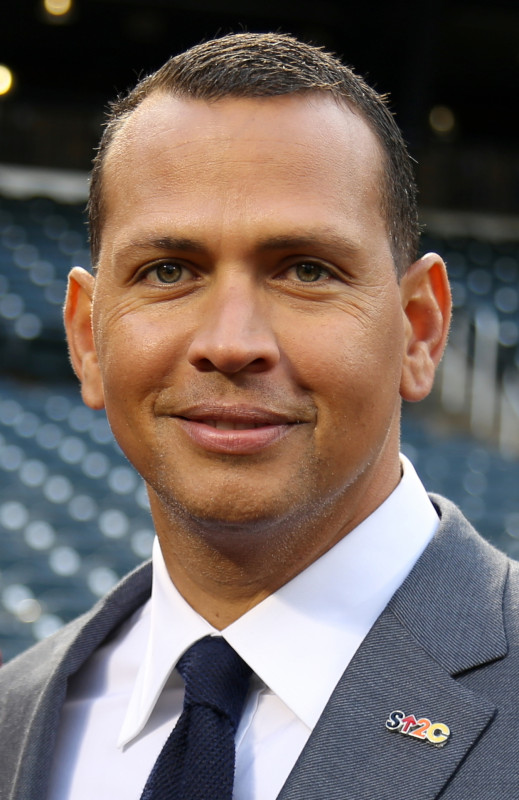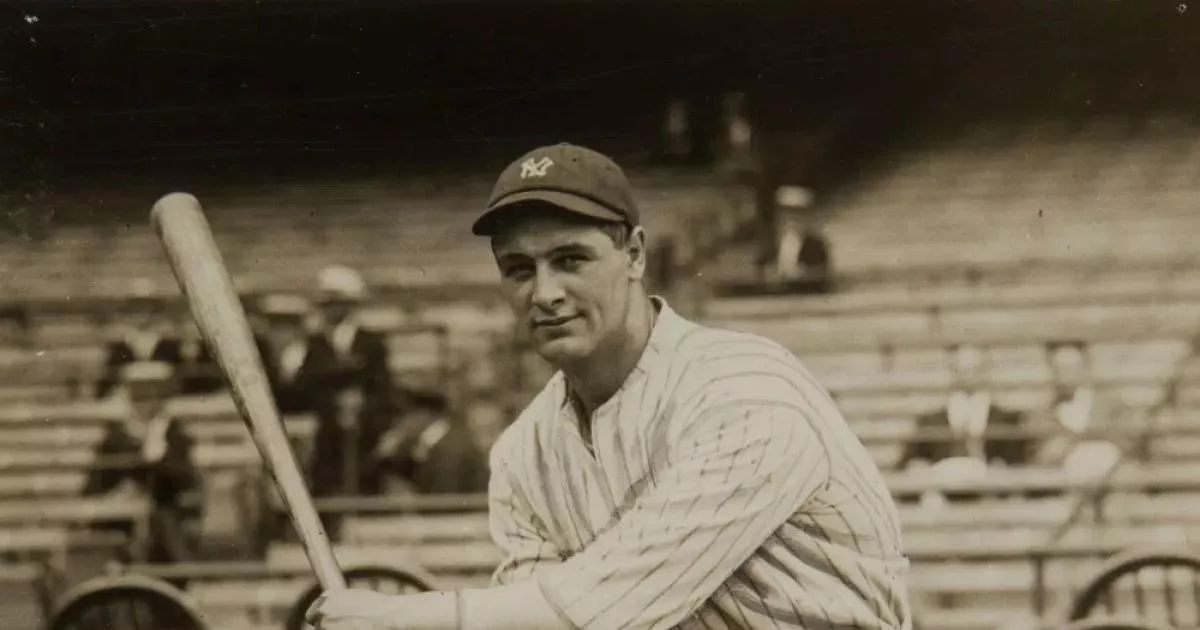An overview of the childhood and early education of Lou Gehrig, highlighting the experiences that shaped the journey.
Lou Gehrig, nicknamed "the Iron Horse," was a legendary New York Yankees first baseman (1923-1939) known for his hitting and durability. He achieved a .340 batting average, 493 home runs, and 1,995 RBIs. A seven-time All-Star, Triple Crown winner, and two-time AL MVP, he contributed to six World Series championships. His consecutive games played record stood for 56 years. Tragically, his career ended prematurely due to amyotrophic lateral sclerosis (ALS), now known as Lou Gehrig's disease. He was elected to the Baseball Hall of Fame in 1939, and the Yankees retired his number 4, a first in MLB.
June 19, 1903: Lou Gehrig Born
On June 19, 1903, Henry Louis Gehrig, also known as Heinrich Ludwig Gehrig, was born. He later became a celebrated baseball player for the New York Yankees.
June 26, 1920: Grand Slam at Cubs Park
On June 26, 1920, Lou Gehrig garnered national attention while playing baseball at Cubs Park (now Wrigley Field) in Chicago. Playing for Commerce High School, he hit a grand slam completely out of the major league park.
April 18, 1923: Gehrig strikes out 17 batters
On April 18, 1923, Columbia pitcher Lou Gehrig struck out 17 Williams Ephs batters, setting a team record. The same day Yankee Stadium opened and Babe Ruth hit a home run. Yankees scout Paul Krichell attended and was impressed with Gehrig's powerful left-handed hitting.
1933: Met Eleanor Twitchell
In 1933, Lou Gehrig met Eleanor Twitchell and began dating the next year. He also lived with his parents until 1933, when he was 30 years old.
1936: Time Magazine Article and Tarzan Audition
In 1936, Time magazine featured Gehrig and Carl Hubbell, calling Gehrig "the game's No. 1 batsman". Also in 1936, Gehrig auditioned for the role of Tarzan in Tarzan's Revenge but did not get the part.
January 1938: Gehrig Stars in "Rawhide"
In January 1938, Lou Gehrig starred in the 20th Century Fox movie "Rawhide," playing himself in his only feature-film appearance.
June 13, 1939: Gehrig Arrives at Mayo Clinic
On June 13, 1939, Lou Gehrig flew to the Mayo Clinic in Rochester from Chicago, where the Yankees were playing. He underwent extensive testing to determine the cause of his physical decline.
June 19, 1939: ALS Diagnosis Released to Public
On June 19, 1939, the staff at the Mayo Clinic released Lou Gehrig's ALS diagnosis to the public.
October 1939: Gehrig Accepts Appointment as NYC Parole Commissioner
In October 1939, Lou Gehrig accepted Mayor La Guardia's appointment to a ten-year term as a New York City parole commissioner.
January 2, 1940: Gehrig Sworn in as NYC Parole Commissioner
On January 2, 1940, Lou Gehrig was sworn into office as a New York City parole commissioner, a position to which he was appointed by Mayor La Guardia in October 1939.
Mentioned in this timeline

Babe Ruth nicknamed the Bambino and the Sultan of Swat...
CBS is a major American commercial broadcast television and radio...

News encompasses information about current events disseminated through various media...

Football encompasses a variety of team sports centered on kicking...

Mount Rushmore National Memorial located in the Black Hills of...

Chicago Illinois is the third-most populous city in the United...
Trending

9 minutes ago Alex Rodriguez advised Patrick Mahomes on sports, revealing his preference for baseball.

9 minutes ago Addison Barger Rejects David Ortiz's Gift, Sparks Funny Reaction and Media Buzz.
9 minutes ago Ken Rosenthal to Cover Dodgers-Blue Jays World Series on FOX; Kendrick Lamar to Appear

1 hour ago Alexandra Eala faces tough Hong Kong Open draw; Katie Boulter is first opponent.
1 hour ago Trump Administration to shake up ICE, aiming for faster deportations and migrant crackdown.
1 hour ago FuboTV Set to Announce Q3 2025 Financial Results; Streaming beIN Sports Xtra
Popular

The White House located at Pennsylvania Avenue NW in Washington...

George Soros is a Hungarian-American investor and philanthropist with a...

Gavin Newsom is an American politician and businessman currently serving...

XXXTentacion born Jahseh Dwayne Ricardo Onfroy was a controversial yet...

Bernie Sanders is a prominent American politician currently serving as...

Doug Ford is a Canadian politician and businessman currently serving...
